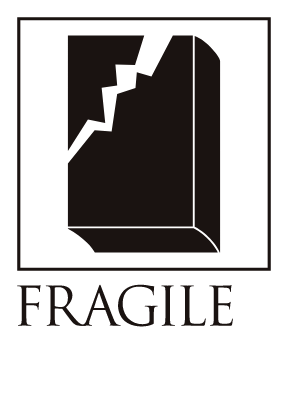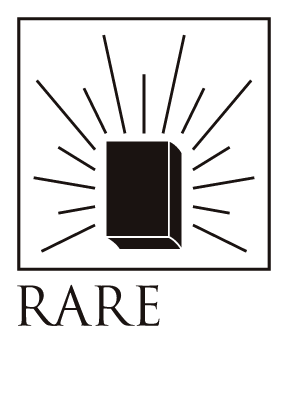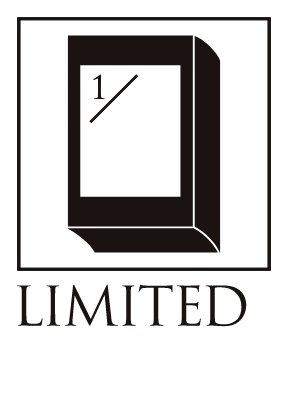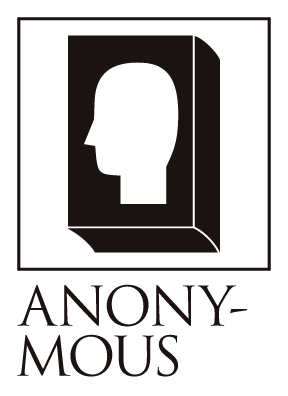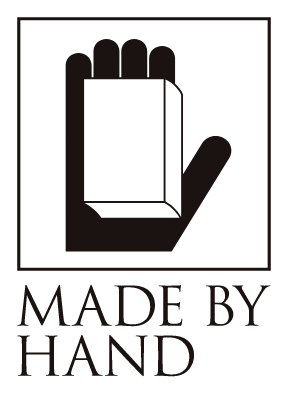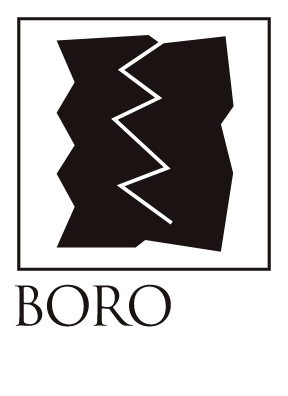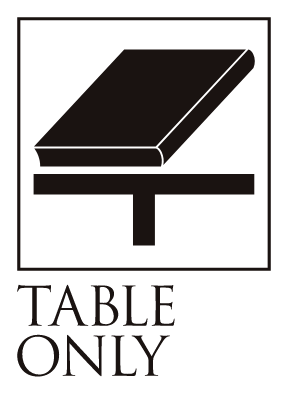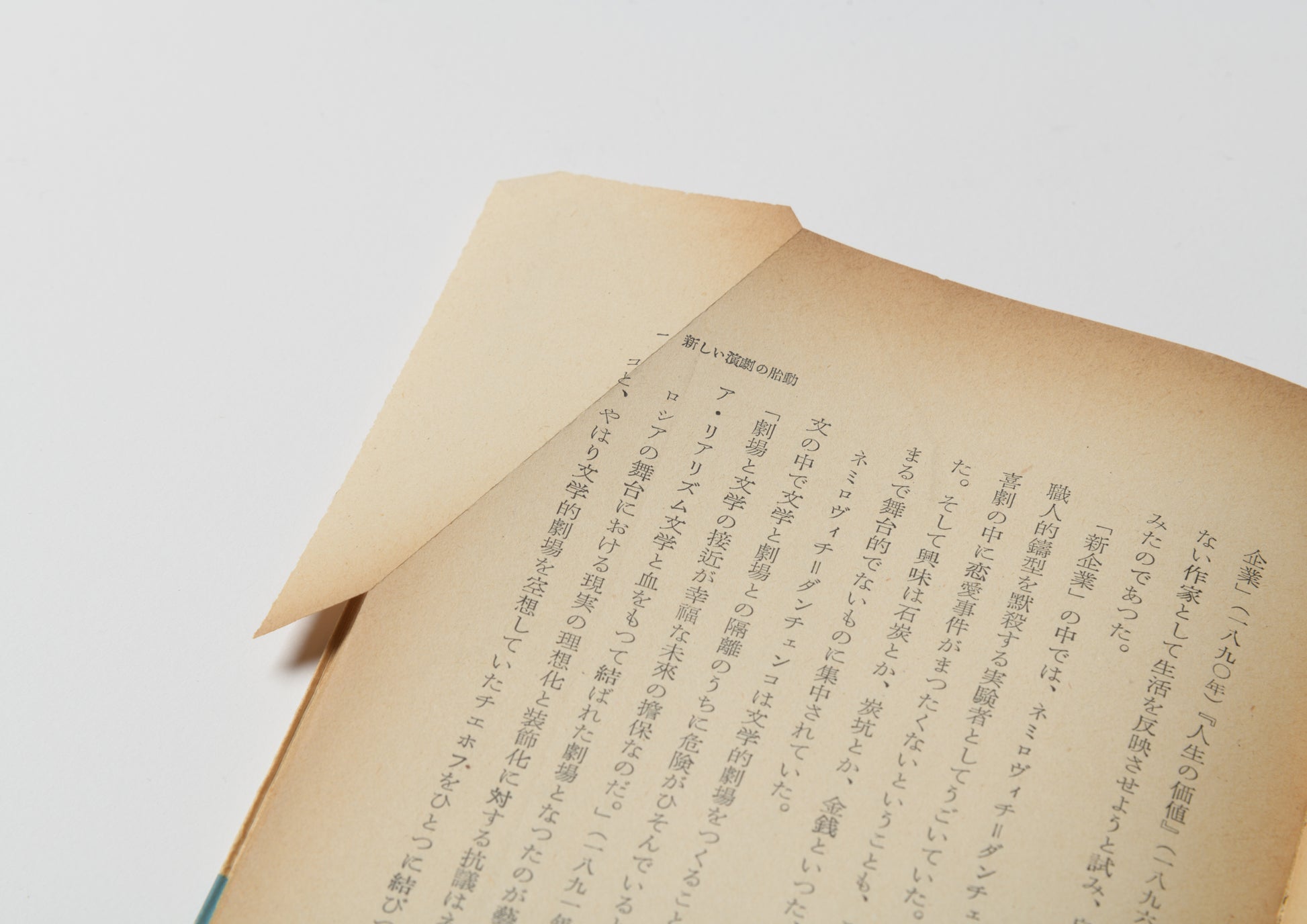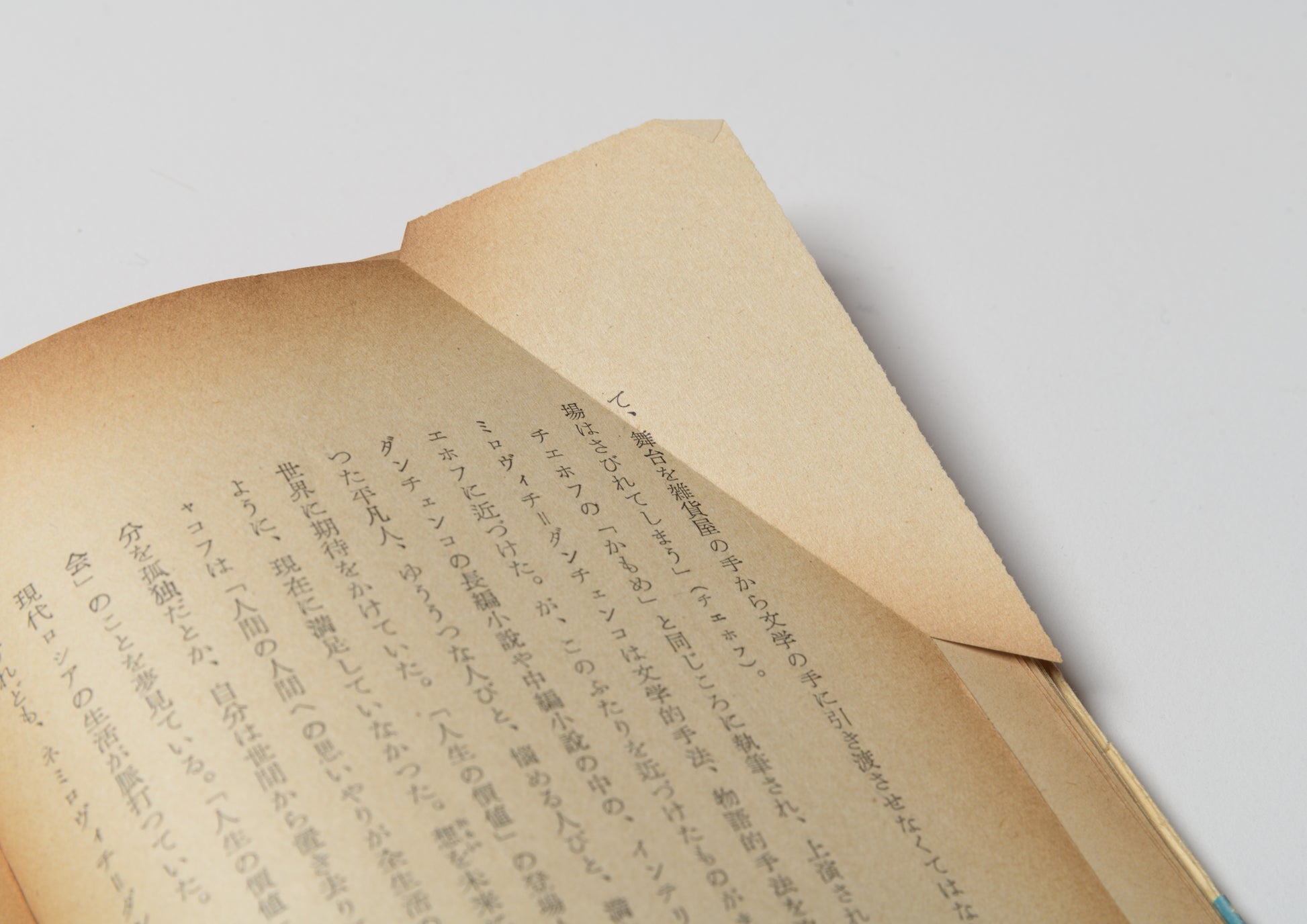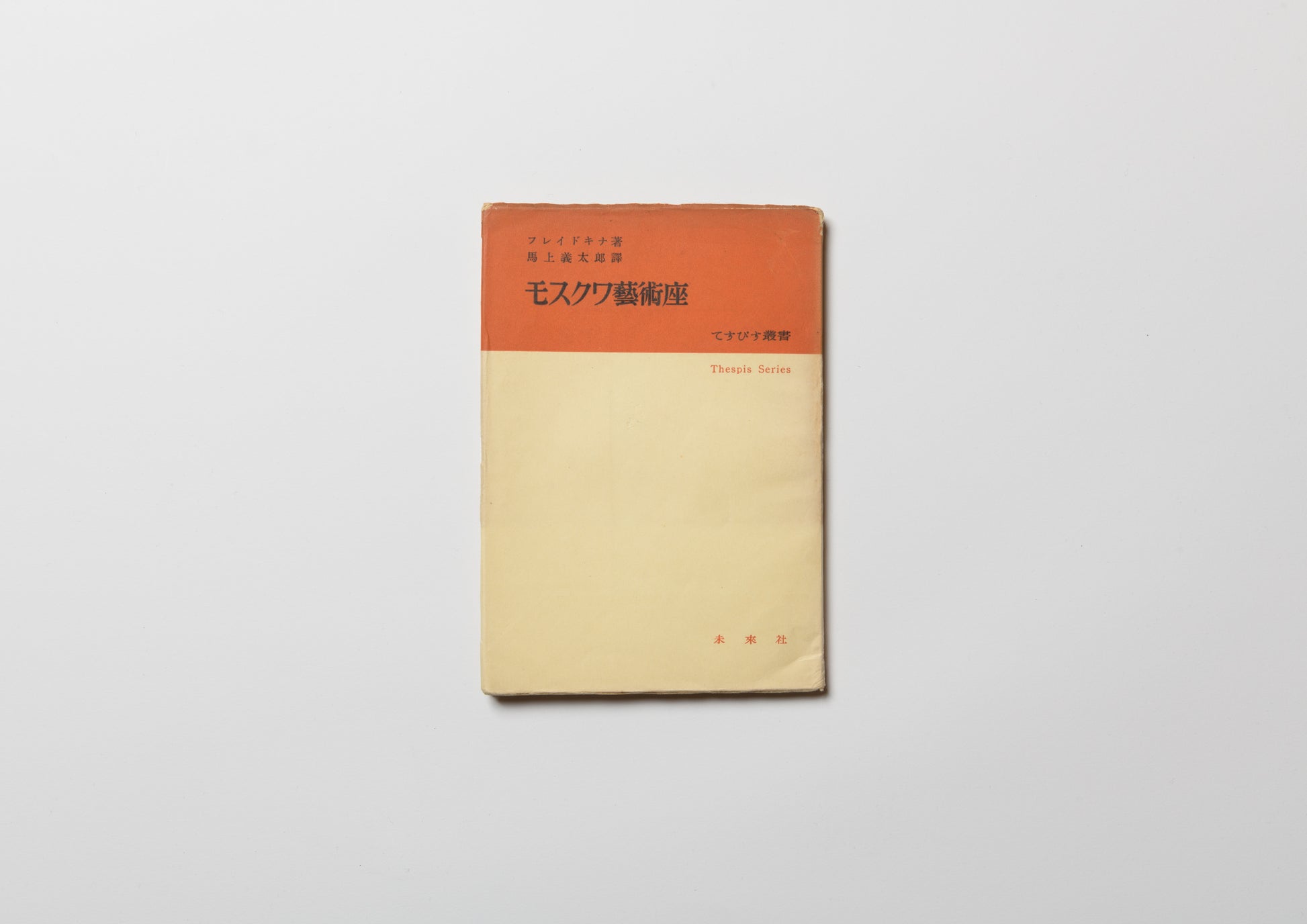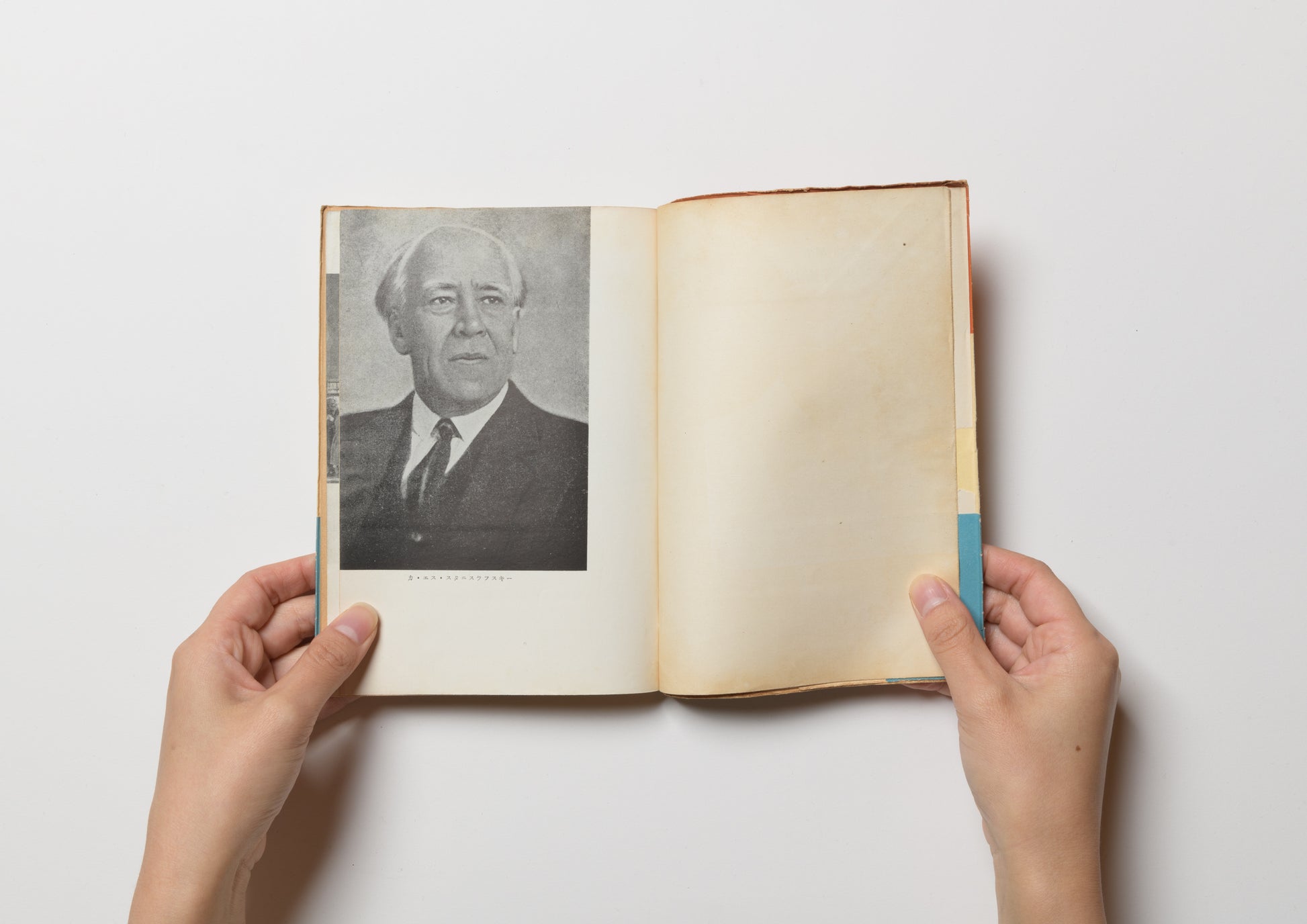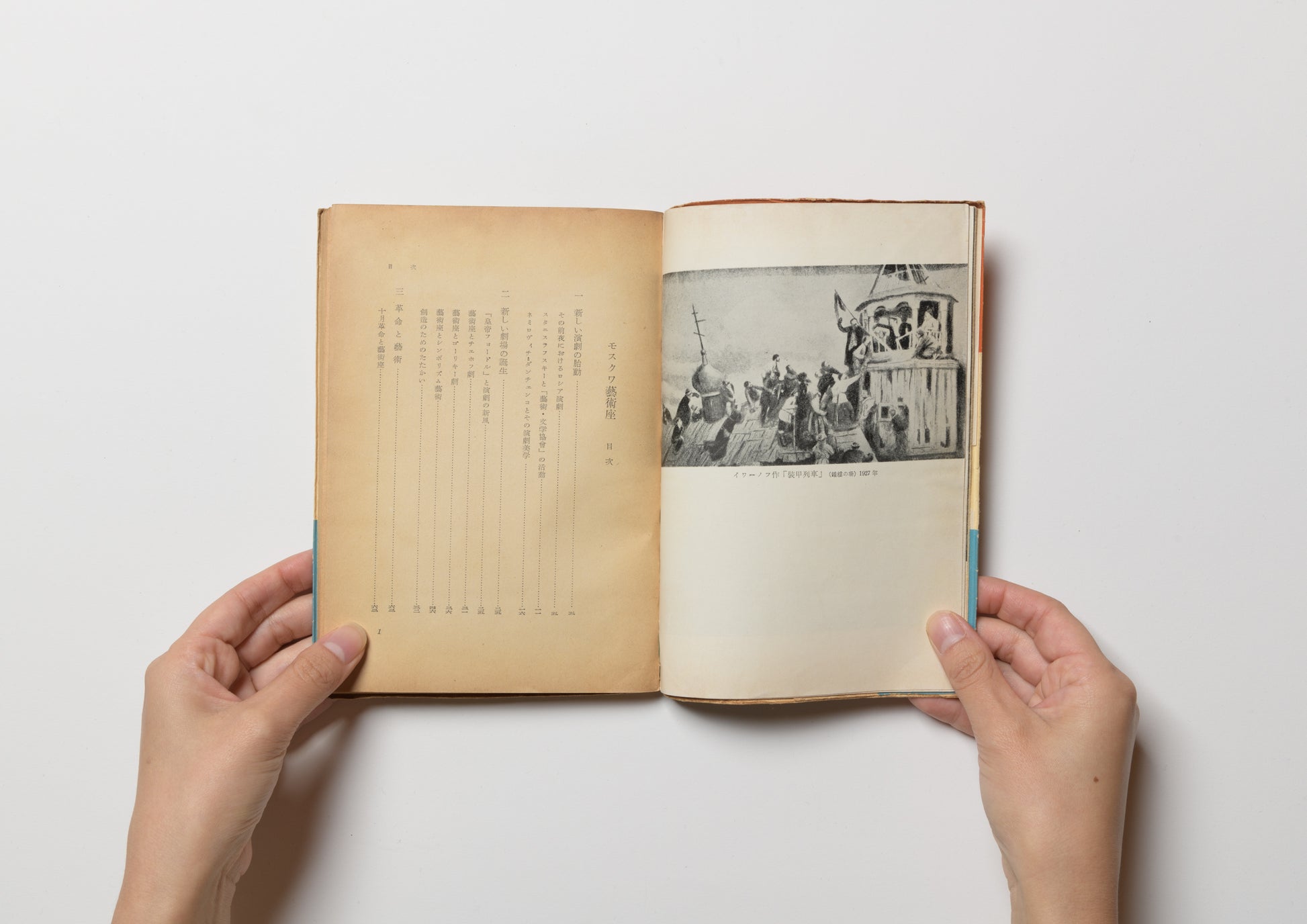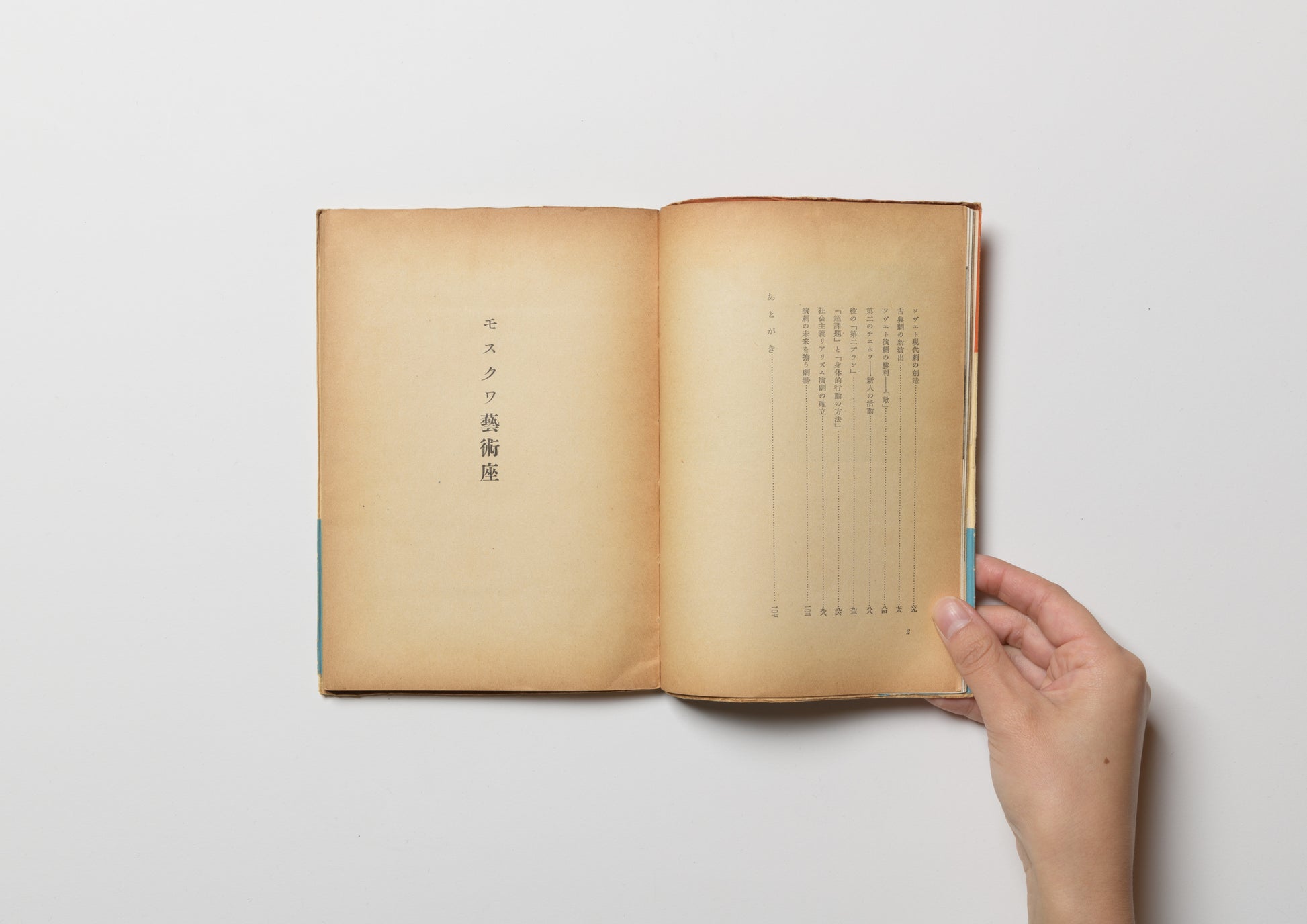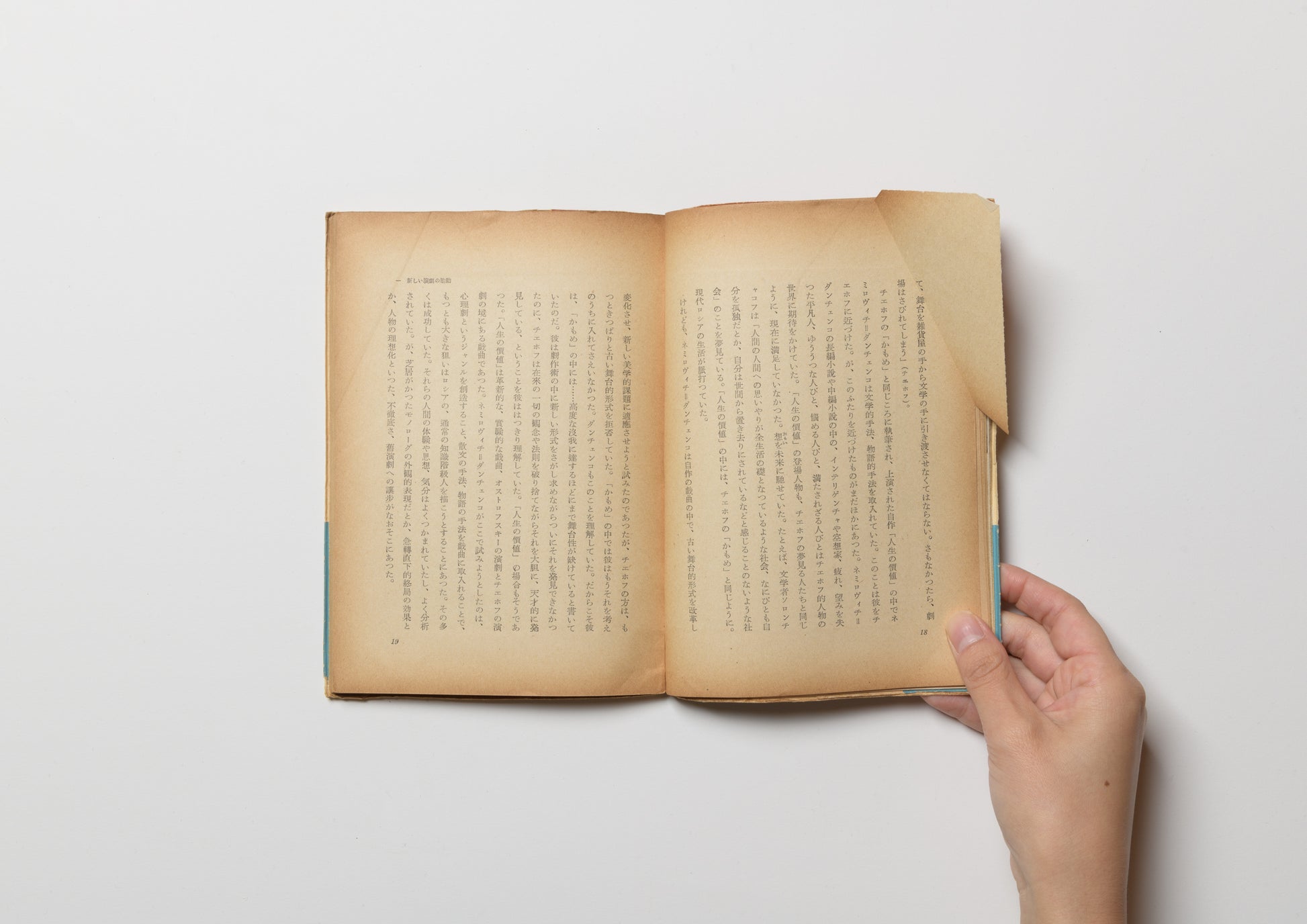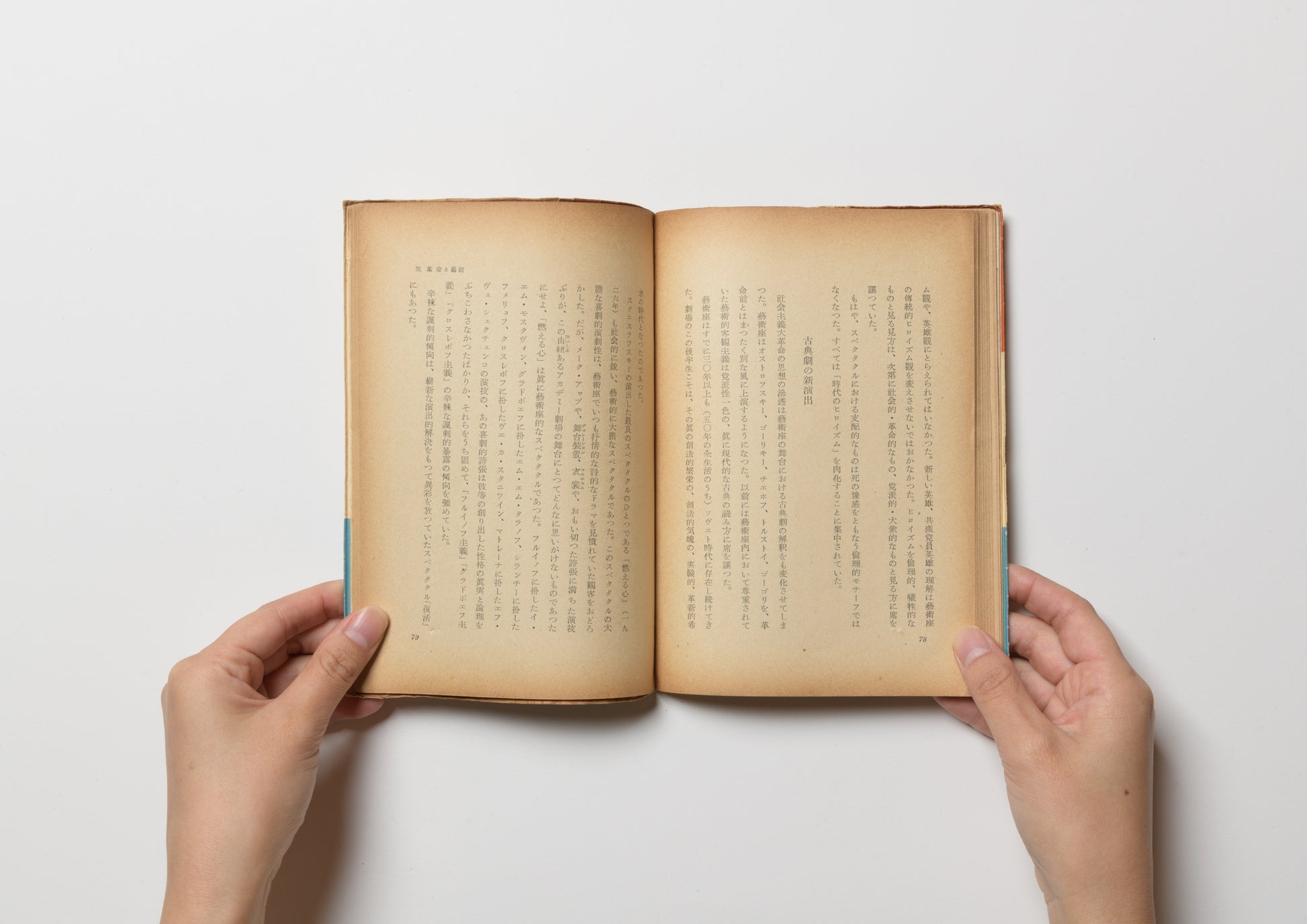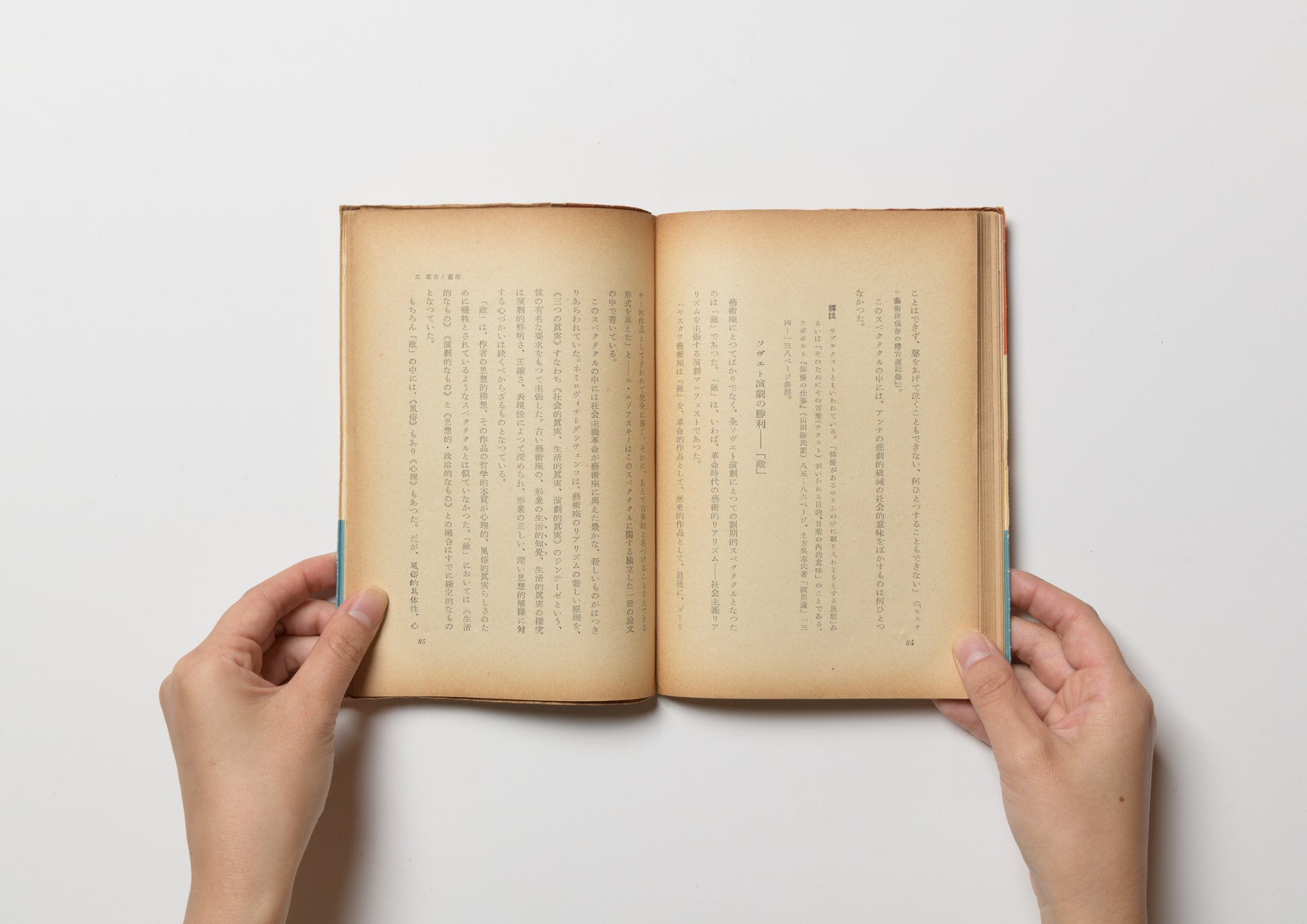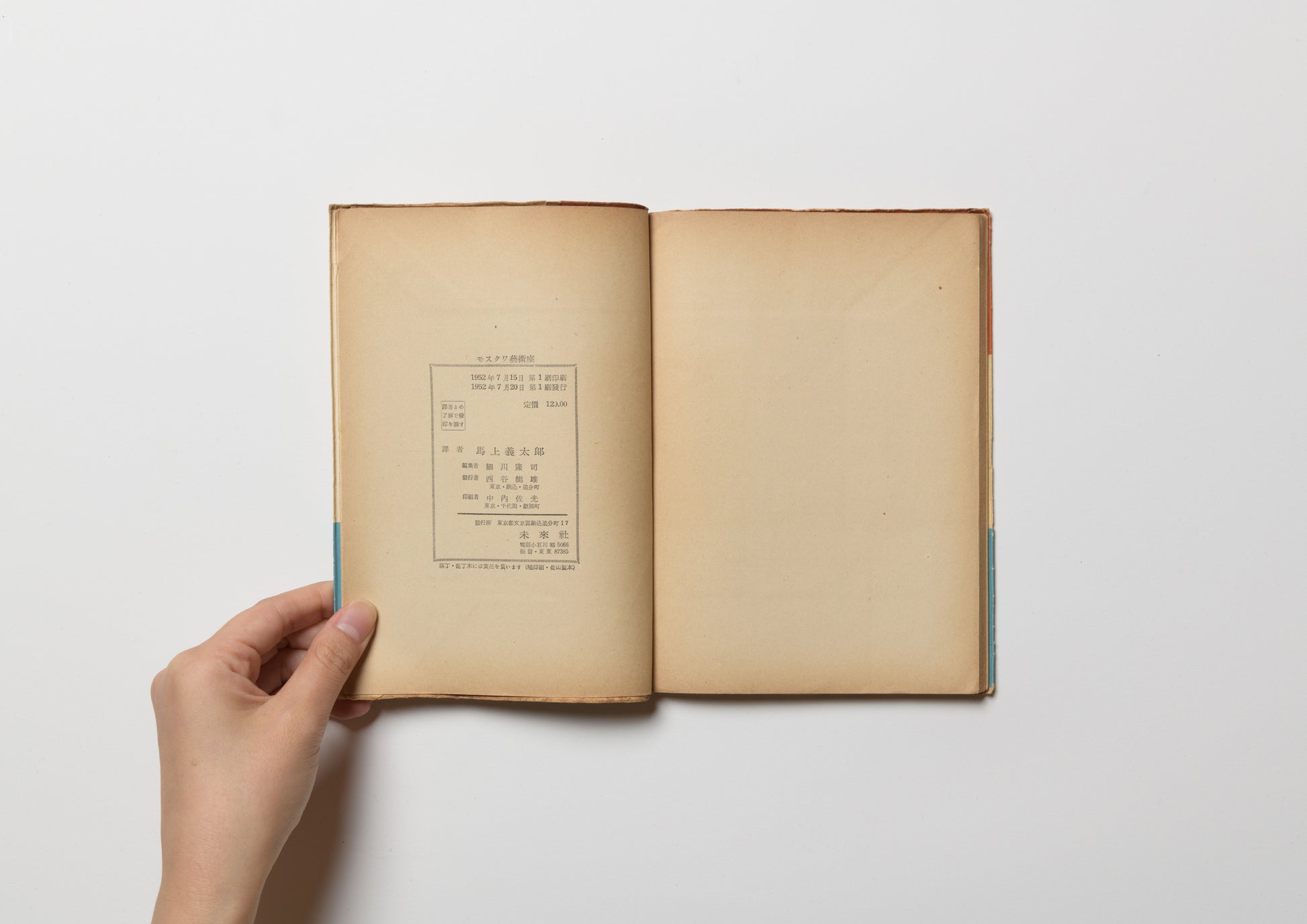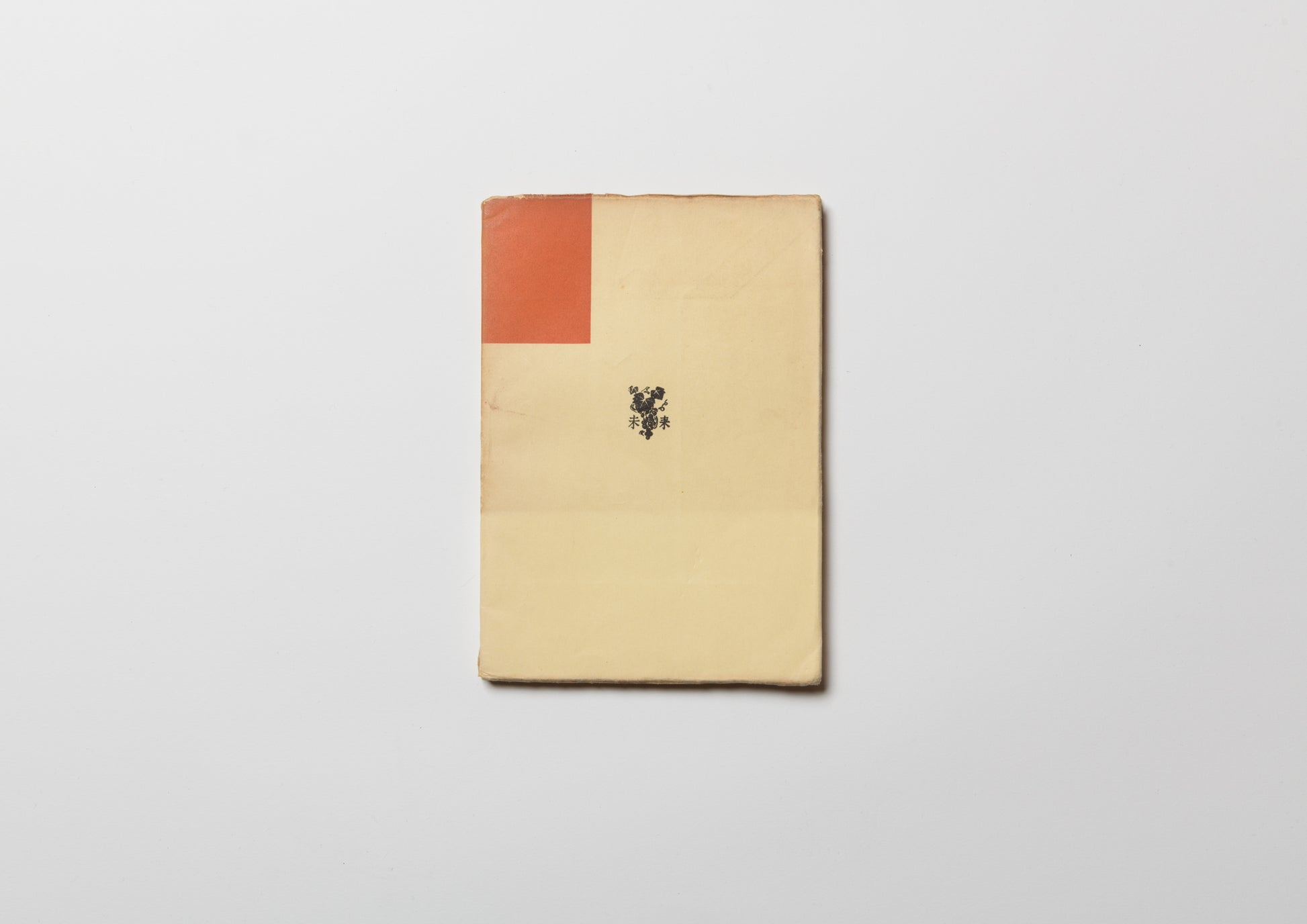Moscow Arts Theatre
Bibliographic Details
- Title
- Moscow Art Theatre / モスクワ藝術座
- Author
- Freidkina / フレイドキナ
- Translator
- Gitaro Ujo / 馬上義太郎
- Editor
- Takashi Hosokawa / 細川隆司
- Publisher
- Mirai sha / 未来社
- Year
- 1952
- Size
- h182 × w127mm
- Weight
- 100g
- Pages
- 112 pages
- Language
- Japanese / 日本語
- Binding
- Softcover / ソフトカバー
- Condition
- good(Binding has partial burning. / 装丁の部分的な焼けあり)
In the history of Russian performing arts
The greatest event.
On the top left of page 17, which is written "The Stirrings of a New Theatre," there is a large opening at the top and edge. On this page, playwright Vladimir Nemirovich-Danchenko wrote the following when imagining creating a literary theatre: "The closeness of theatre and literature is the guarantee of a happy future." The paper for the main text is toasted just like freshly baked bread. The outside is golden brown and the inside is exceptionally soft. The softness that comes with age is beautiful and captivating.
This book is about the theater "Moscow Art TheatreThis book is about the founding and development of the Moscow Art Theatre, which records a major event in the history of theater. The Moscow Art Theatre was founded in 1897 by actor and director Stanislavsky and playwright Vladimir Nemirovich-Danchenko. The existence of this theater is recorded as a landmark in the history of world theater.
The Moscow Art Theatre was one of the few theatres that distanced itself from profit-making operations, with the philosophy of providing high-quality performances to the masses. In the productions it promoted realism, captivating audiences with its innovativeness. Through performances of Chekhov's works such as "The Seagull," "Three Sisters," and "The Cherry Orchard," the theatre opened up new horizons in realism. This book provides a detailed account of the directorial intentions, stage techniques, and dialogue with the audience that supported these masterpieces, carefully illustrating how this elevated the theatre to the centre of culture.
The author, Freidkina, vividly records the history of this theater from its founding to around 1950, not just as one theater in Russia, but as a pioneer in the creation of socialist realism in theater. She also describes the actor training method "Stanislavski System" and how its methods were applied in the field. It also discusses the role that the Moscow Art Theatre played during the political and social changes of the Soviet era, and its activities went beyond the scope of theater to have social significance and influence. The history of the theatre is a record that teaches us how humanity should contribute to society and culture through the performing arts.
"table of contents"
1. The Stirrings of a New Theatre
Russian Theatre on the Eve
Stanislavski and the Activities of the Art and Literature Society
Nemirovich-Danchenko and his theatrical aesthetics
2. The birth of a new theater
"Tsar Fyodor" and a new wind in theater
Art Theatre and Chekhov Theatre
Art Theatre and Gorky Theatre
Art Theatre and Symbolism
The struggle for creativity
3. Revolution and art
October Revolution and Art Theater
The creation of modern Soviet drama
New productions of classic plays
The Triumph of Soviet Theatre: "The Enemy"
The second Chekhov newcomer's activities
Role in "Dai Niplan"
"Supertasks" and "methods of physical action"
Establishment of Socialist Realism
A theater that holds the future of theater
Afterword
